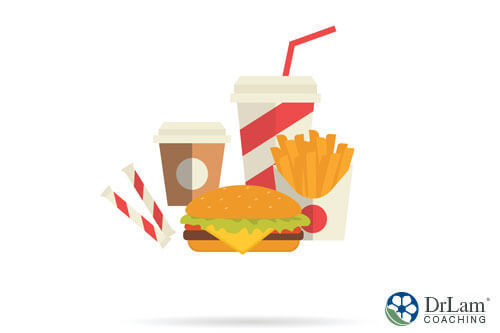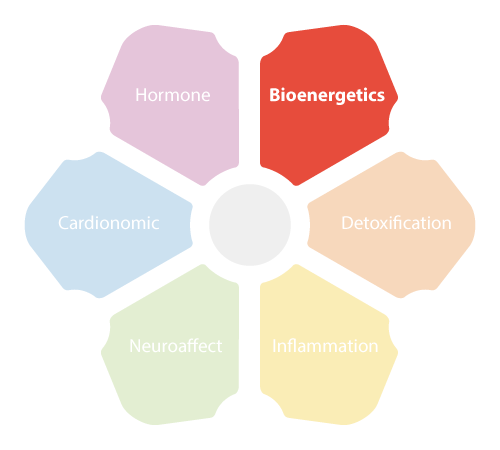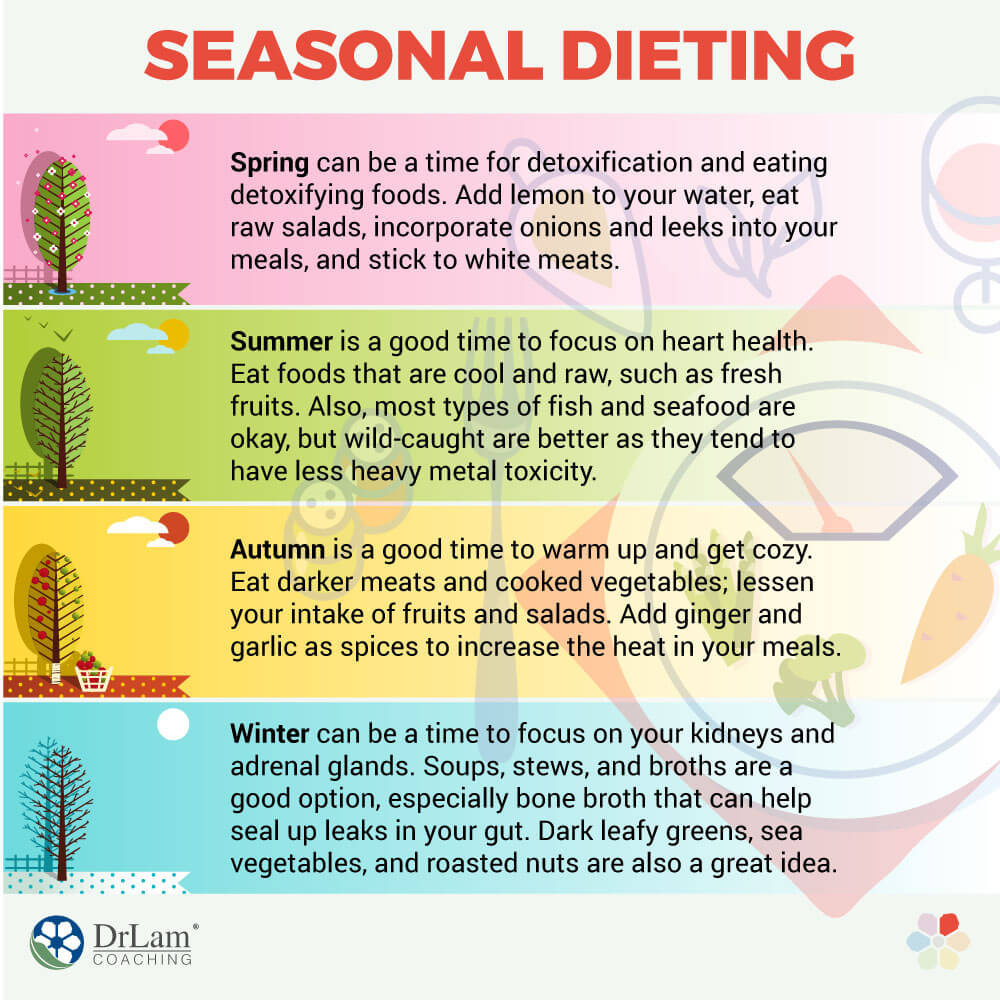 Minus a few notable exceptions, healthy is synonymous with natural. This is especially the case with what you eat. Food that is as close to its natural state as possible – meaning fresh, whole, and organic – is usually the healthiest for your body and mind. And up until recently, that kind of food could only be seasonal and local, since we did not have the ability to grow fruits and vegetables out of season, and we couldn’t transport them to and from faraway places. In essence, our default was seasonal dieting.
Minus a few notable exceptions, healthy is synonymous with natural. This is especially the case with what you eat. Food that is as close to its natural state as possible – meaning fresh, whole, and organic – is usually the healthiest for your body and mind. And up until recently, that kind of food could only be seasonal and local, since we did not have the ability to grow fruits and vegetables out of season, and we couldn’t transport them to and from faraway places. In essence, our default was seasonal dieting.
Nowadays, it’s become so easy to eat tropical fruits in the dead of a northern winter or have a Norwegian salmon steak while vacationing on a tropical island. And while it’s okay to eat like that occasionally, there are both health and environmental costs to doing so on a daily basis. And what is even stranger is that seasonal dieting, which was once the most natural way to eat, has now become a fashionable trend.
But seasonal dieting is not a trend, it is the way we are meant to eat, and it is also much better for the environment. Just think of the carbon footprint of shipping these huge quantities of food across the globe.
But before getting into how to rectify this, and the benefits of undertaking seasonal dieting, it’s important to first look at the bigger picture of the Standard American Diet in general and how it is affecting us. As many doctors and health professionals are now explaining, food is one of the biggest influence on our wellbeing, and it merits all the attention and effort you can muster to get it right.
The Standard American Diet is high in fat, low in fiber, and full of processed foods and refined sugar. Processed food is not just junk food you get from a fast food restaurant; it’s also what you find littering almost every supermarket aisle. It’s the packaged snacks with hydrogenated oils and preservatives. It’s the microwavable meals full of sodium and artificial flavors. It’s the baby food with a ton of sugar in it. It’s the simple food with a bunch of ingredients you can’t pronounce.
The food industry, like any industry, has good and bad sides. On the one hand, there are many companies whose passion is to provide you with healthy and nutritious options that are also good for the environment. On the other hand, there are still many companies whose work is based on the old model of profit over people, and they understand that food can be even more addictive than pretty much any other substance.
They know a secret that most people don’t: combining sugar, fat, and salt in certain proportions triggers the reward system in the brain in such a way that after a while you become hooked. There is even a term for the maximum amount of sugar you can add to a food to make it very addictive without it becoming repulsively sweet - it’s called “the sweet spot,” and it’s not just used for candy bars and cakes, but also for savory processed foods and sadly, even baby food.
Even many whole foods have issues, like the animal products from animals raised in factory farms that have been pumped with hormones and fed with antibiotics, or the fruits and vegetables that have been covered in pesticides, and even foods labeled “natural” that turn out to have nothing to do with being fresh, organic, or healthy.
 Now, you might be thinking “if it’s everywhere and everyone is eating it, what’s the harm if I have it once in a while?” The problem with foods that give the illusion of convenience and speed is that “once in a while” becomes a “day in and day out” and their negative effects accumulate in your system. Eating like this is why we have epidemic increases in chronic illnesses like cardiovascular disease, hypertension, type 2 diabetes, depression, and gastrointestinal issues.
Now, you might be thinking “if it’s everywhere and everyone is eating it, what’s the harm if I have it once in a while?” The problem with foods that give the illusion of convenience and speed is that “once in a while” becomes a “day in and day out” and their negative effects accumulate in your system. Eating like this is why we have epidemic increases in chronic illnesses like cardiovascular disease, hypertension, type 2 diabetes, depression, and gastrointestinal issues.
Your body needs nutrient-dense, clean foods. Your plate should be a rainbow of fresh fruits and vegetables, high-quality animal proteins, whole grains, seeds, nuts, beans, and legumes. A plate full of vitamins, minerals, fiber, protein, healthy fats, and complex carbohydrates releases energy slowly so as to keep you fueled without spiking your blood sugar levels.
We understand that someone who has been eating a Standard American Diet their whole life can feel attacked, judged, or overwhelmed when faced with this information. But that’s not at all the intention. We want to inspire you to eat a healthy and nutritious diet for your current condition, your bio-individuality, and your goals. And one of the ways to do that is through seasonal dieting.
Seasonal dieting, meaning eating what is locally grown or sourced, is a natural way of eating. And if you live in a climate similar to the one you grew up in, your body is likely already geared for this lifestyle. Eating with the seasons can have tremendous health benefits for your mind and body, as well as the environment.
So, for example, if you were born and raised in a cooler climate, you probably have pronounced falls and winters. Historically, people who lived in such climates would have less access to fresh fruits and vegetables during the colder months and would rely more on animal proteins and root vegetables. Then, when the warmer spring and summer months arrive, they would gradually shift to eating more plant-based meals with a considerable portion of them raw.
Just think about it: don’t you naturally gravitate towards warm, dense foods when it’s cold outside, and prefer light foods when it’s warm? That is a pillar of seasonal dieting, and the Standard American Diet doesn’t take these natural inclinations into consideration - processed foods don’t subscribe to seasons.
But seasonal dieting is in alignment with nature and with your own unique bio-individuality, and this is something that can rebalance your gut flora, give you a lot of energy, help your digestion, and regulate your hormones. This is especially the case with your Bioenergetic circuit, since it’s part of your body that is heavily influenced by how and what you eat.
 The Bioenergetics circuit is one of the six circuits of the NeuroEndoMetabolic (NEM) Stress Response – your body’s global response to stress. The NEM model describes how organs and systems in your body work together. The other five circuits are the Hormone, the Cardionomic, the Neuroaffect, the Inflammation, and the Detoxification responses, and they all work together to combat the negative effects of stress. They are also all influenced by your diet.
The Bioenergetics circuit is one of the six circuits of the NeuroEndoMetabolic (NEM) Stress Response – your body’s global response to stress. The NEM model describes how organs and systems in your body work together. The other five circuits are the Hormone, the Cardionomic, the Neuroaffect, the Inflammation, and the Detoxification responses, and they all work together to combat the negative effects of stress. They are also all influenced by your diet.
The Bioenergetics circuit is composed of the liver, pancreas, and thyroid gland, and its main function is to ensure that your cells get the energy they need from the food you eat and the oxygen you breathe. When exposed to stress, this circuit’s first response is to raise your basal metabolic rate so that your body and brain have more fuel than usual in case you need to fight or flee from something.
This usually occurs alongside, or right after, the activation of your hypothalamic-pituitary-adrenal (HPA) axis, where your adrenal glands secrete cortisol, your body’s main anti-stress hormone. Cortisol plays a role in metabolism as well, helping raise blood sugar levels in order to provide more glucose to the muscles and brain. Your adrenal glands are part of your NEM’s hormone circuit.
These reactions are normal and healthy, it is only when stress becomes chronic that we begin to see signs of dysregulation in these two circuits, and in the NEM at large. Chronic stress can be physical or psychological, and a diet without the right nutrients and with too many toxins is a huge stress on the body. It is also a stressor that is repeated on a daily basis.
When the adrenal glands dysregulate due to chronic stress, you get Adrenal Fatigue Syndrome (AFS). Symptoms of AFS include fatigue, insomnia, weight gain, mood disturbances, hair loss, loss of libido, PMS, infertility, hypoglycemia, heart palpitations, brain fog, and an inability to handle stress.
When the adrenal glands dysregulate, the thyroid is affected as well, which slows down all the different metabolic pathways. And as metabolism slows down and the different organs and systems of the body stop functioning optimally, detoxification weakens. Toxins and metabolic byproducts can stay longer in the system than they should, and the liver gets congested.
Symptoms of increased toxicity begin to show up, such as food sensitivities and brain fog, as do the symptoms of a deranged metabolism such as sugar cravings, obesity (especially around the middle), and dyslipidemia. Later on, it can develop into reactive hypoglycemia and type 2 diabetes.
As you can imagine, if you’re eating food full of toxins, and your body’s detoxification and metabolism have slowed down, this food is adding to the toxicity and congestion already present. You may have stronger sugar cravings, eat what you’re craving, and experience crashes afterward when your pancreas over-secretes insulin to deal with it. All of these ups and downs add more stress on your body and adrenals, and your Bioenergetics circuit suffers in the process.

When you’re faced with AFS and a dysregulated Bioenergetics circuit, the first thing you should examine is your plate. Is it healthy?
The adrenal fatigue diet is the cornerstone of adrenal fatigue recovery for a reason – because food has the biggest impact on your health and energy levels. The adrenal fatigue diet is balanced, anti-inflammatory, nutrient-dense, and organic whenever possible. It does not include foods that are trigger common sensitivities, such as gluten, has no processed foods or refined sugars, and it’s easy on the digestion.
And it’s not just about what you eat, but when you eat. The adrenal fatigue diet recommends that you have breakfast as soon after waking up as possible, and definitely before 10 a.m. That way you won’t get low blood sugar early in the day that will suck the energy out of you. You should also be eating every three to four hours, and have dinner no later than 6 p.m. A snack before bed is a good idea if you’re at risk of hypoglycemia at night. A few seeds and soaked nuts should do the trick.
If you combine seasonal dieting with the adrenal fatigue diet, you’ll have to adjust the types of fruits, vegetables, and animal protein you eat based on what you can get locally. And then, if you’re up for it, you can take it a step further and try some of the suggestions below.
But the caveat: take it slow at first, since you don’t want to get overwhelmed and quit eating healthy. Even just changing one thing a week or month is a fairly fast change for your body.
However, if you’re already well-established in your adrenal fatigue recovery, you can experiment with some of the following suggestions from Traditional Chinese Medicine:

Of course, depending on where you live, the foods you eat as part of your seasonal dieting will differ. But take your time to learn about the different options you have, talk to someone at your local farmers market, and start to slowly make changes. If you have AFS, it’s best to make these changes while under the guidance of your healthcare professional, and observe how your body, specifically your Bioenergetics Circuit, responds, then adjust accordingly.
Seasonal dieting is how we used to eat naturally: according to what could be produced locally in each season. It’s not a fad diet; it’s the way we’re intended to eat. Returning to it can bring massive benefits for the health of your body and mind, as well as for the environment.
